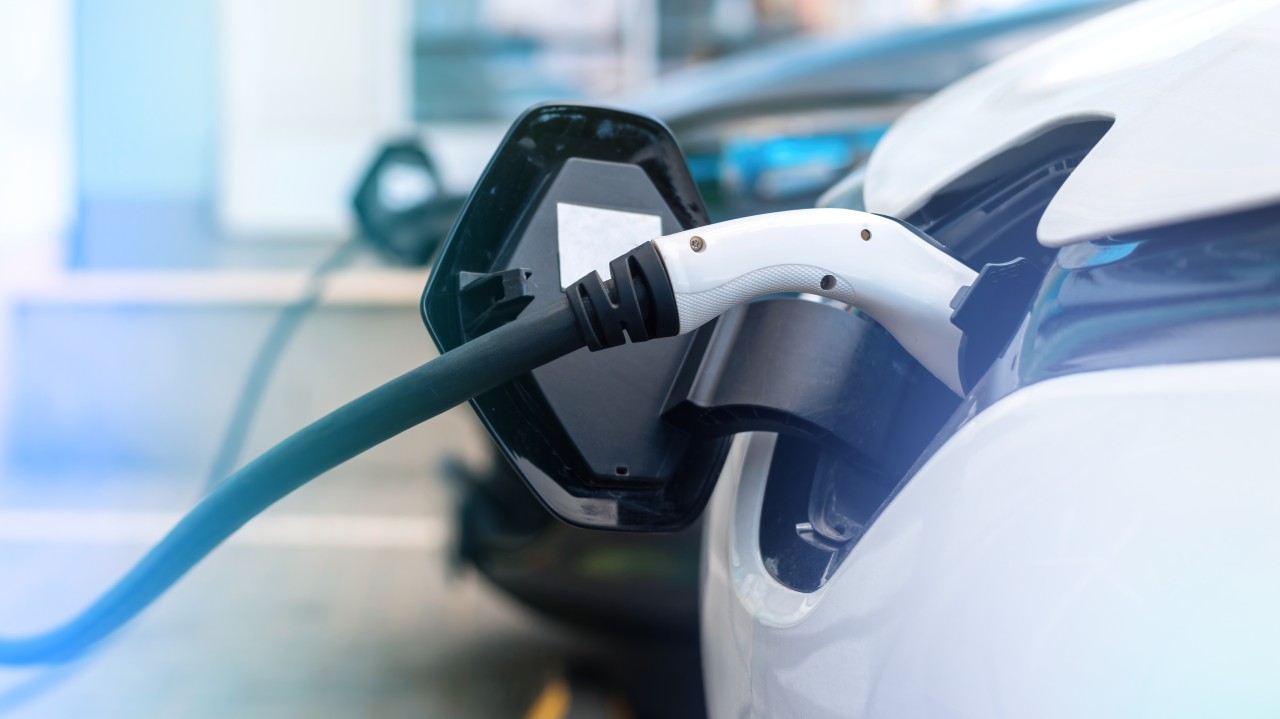
The electric vehicle (EV) market in 2023 serves as a clear indicator of rapid technological advancement and shifting consumer priorities. This year, the EV sector has not only grown but also reshaped the broader automotive landscape. As consumers increasingly opt for environmentally friendly and innovative transportation options, the EV market responds with continuous evolution.
With an expected annual growth rate (CAGR) of 18.17% from 2023 to 2028, the EV market is projected to reach a market volume of US$161.6 billion by 2028(source: Statista). This growth trajectory underlines the increasing consumer and business investment in sustainable mobility solutions.
The transition towards electric vehicles is not a distant future scenario but a present-day reality. This year’s developments in the EV market lay the groundwork for a future where electric mobility is the norm, not the exception.
The story of the EV market is one of remarkable transformation. From its early days as a niche segment, the EV market has rapidly expanded, gaining significant traction in the global automotive industry. The evolution from limited-range, high-priced models to diverse, efficient, and affordable options marks a significant shift in consumer perception and acceptance.
In 2023, this evolution is more evident than ever. The market has continued its upward trajectory, with consumers and businesses alike recognizing the long-term value and efficiency of electric vehicles. The growth is not just in market size but also in the variety and capability of EV models available.
Looking ahead, electric vehicle unit sales are projected to reach 2.46 million vehicles by 2028. This forecast reflects the growing consumer confidence in EV technology and the industry’s commitment to meeting evolving consumer demands.
As the electric vehicle (EV) market continues to grow, it encounters a series of challenges and limitations that need to be addressed. While the shift towards electric mobility brings numerous benefits, there are hurdles along the way that could slow down or complicate this transition.
In 2023, the electric vehicle market stands at a pivotal point, having evolved dramatically from its early days. Cumulative sales since 2010 have reached approximately 26.2 million EVs, with an estimated 25.19 million still in operation, marking a significant increase from about 1.8 million at the end of 2020 (source: evadoption). This growth signifies not just an industry shift but a fundamental change in transportation preferences and practices.
The expansion of the EV market is a testament to the dynamic nature of automotive technology and consumer demand. With each passing year, we witness a surge in the variety and capabilities of electric vehicles, catering to a broader spectrum of consumers. This trend is reshaping the automotive industry, ushering in a new era of vehicle design, performance, and consumer expectation.
Looking ahead, the trajectory of the EV market suggests continued growth and diversification. As the market matures, we can expect to see further advancements in vehicle technology, charging infrastructure, and market dynamics. This evolution positions electric vehicles not only as a choice for the environmentally conscious but as a mainstream option for a wide range of consumers, indicative of a significant shift in global transportation trends.
